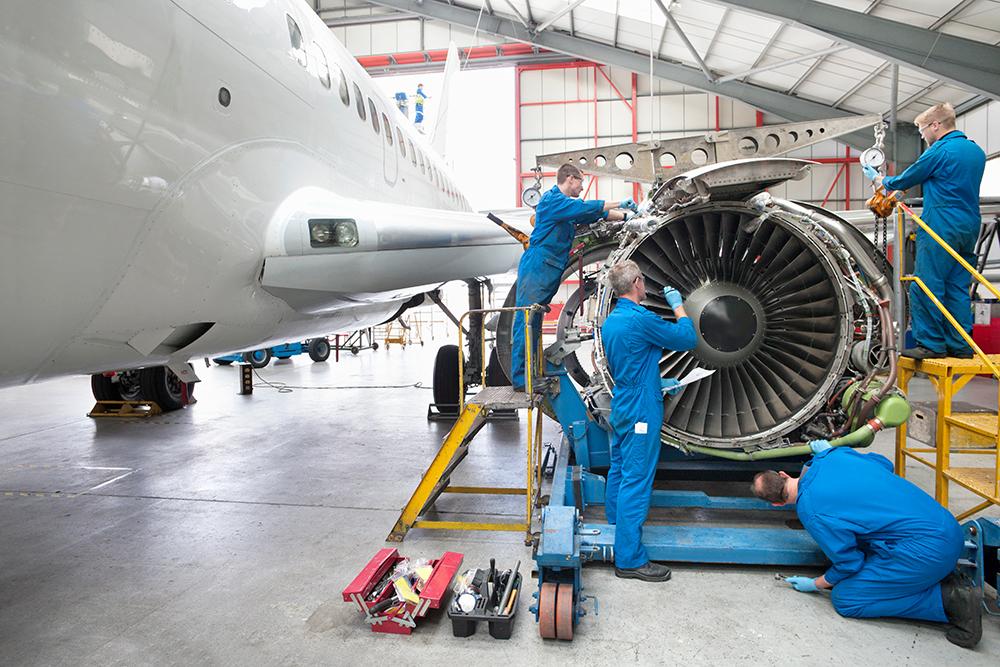
According to the meteorological calendar it’s officially autumn, and, here in Chicago, this week marked the start of the fall semester for public school children. Although trade school students may not be returning to the classroom with as much fanfare as grade school students (am I the only one whose social media feeds have been packed with first day of school pictures?), this time of year also generally marks the start of new cohorts in aviation maintenance training programs.
Aviation Institute of Maintenance (AIM) will be celebrating the grand opening of its new Chicago campus this month, and many area companies are already jumping at the opportunity to work with the school on initiatives to fill their workforce pipeline. I toured the new campus in August and Joel English, AIM’s executive vice president, told me that AAR, Launch Technical Workforce Solutions and United Airlines are all partnering with the school in efforts to fulfill needs for qualified MRO talent in the Chicago area.
Chicago—and the U.S. in general—are by no means the only areas feeling the MRO workforce crunch. In Germany, Lufthansa Technik (LHT) recently started its latest group of apprentices across its aviation maintenance, engineering and logistics businesses. Although the number of new apprentices is nearly 48% lower than it was in 2020 (which LHT attributes to the pandemic-related industry downturn) LHT has emphasized the importance of continuing to attract young workers to careers in aviation.
In that vein, autumn also marks the time of year when Boeing releases its Pilot and Technician Outlook and the Aviation Technician Education Council (ATEC) releases its Pipeline Report. While Boeing has yet to release its latest projections, its 2020-39 report from last October reiterated that the industry will still need nearly 740,000 new maintenance technicians over the next 20 years—despite temporary decreases in technician demand due to the COVID-19 pandemic. Based on what I’ve been hearing from MROs this year, the demand may be even more pronounced in light of the wave of early retirements that took place during the pandemic.
ATEC’s Pipeline Report should be coming out soon, but last year’s report reflected these same concerns. According to ATEC’s 2019-2020 Pipeline Report, new mechanics make up only 2% of the population annually and 33% of the workforce is at or near retirement age. Stay tuned to Aviation Week & Space Technology later this month for more coverage of how the workforce shortage will impact the MRO industry.
In the meantime, I’d love to hear from readers about what types of impacts they’re seeing in the MRO workforce and what different companies are doing to find qualified talent. Please feel free to reach out to me with your perspectives, concerns and suggestions about what types of workforce-related issues you’d like to see covered by Aviation Week.






Comments